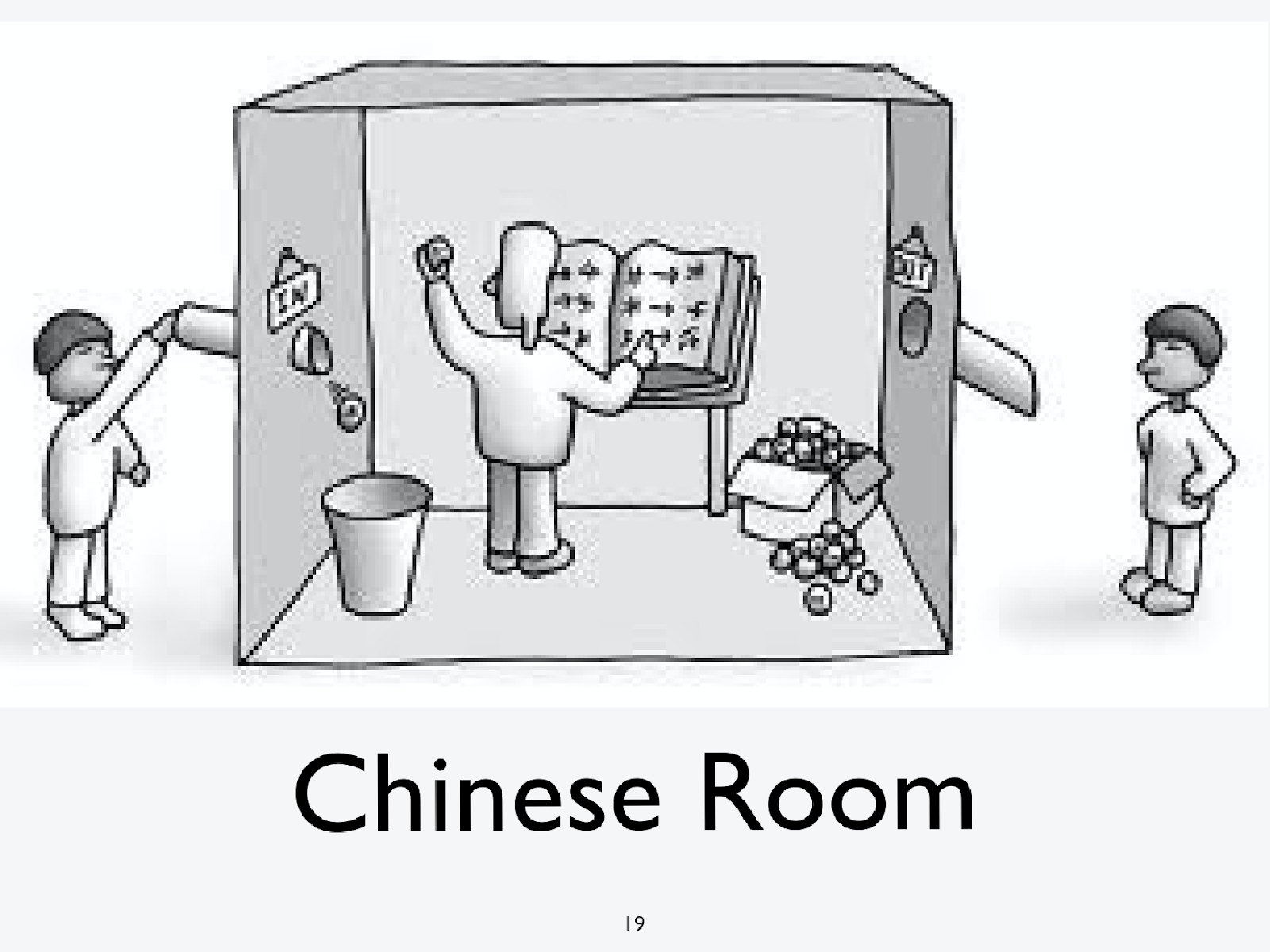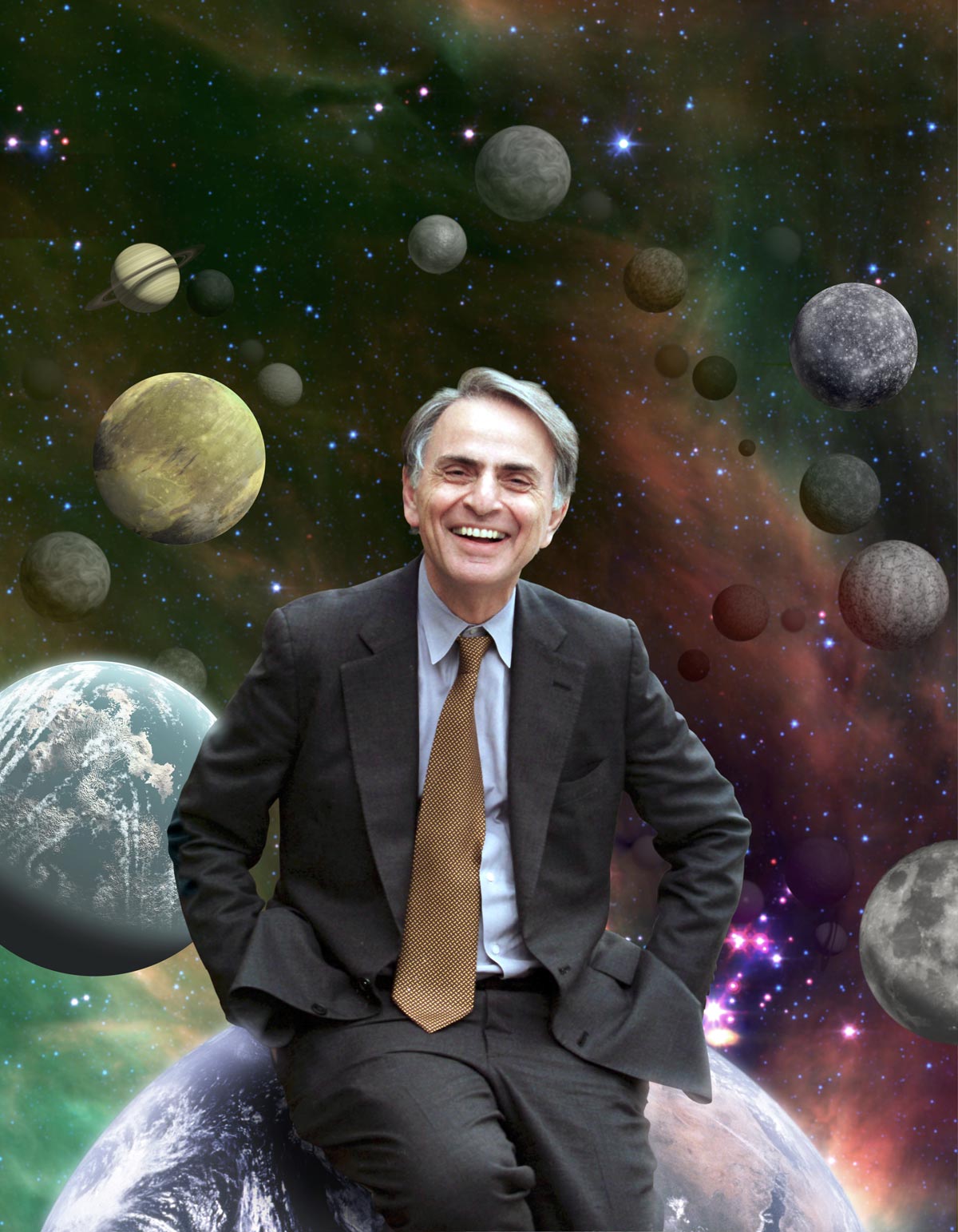By Qingyang Zhang, Y12
All of us have done science experiments in class, such as confirming constant gravitational acceleration in free fall in physics and food tests in biology and chemistry.
However, there are other type of experiments, thought experiments, that simply require your mind.
Remember when you swung a cup of water attached with a string in circles and found that (if you spun it fast enough) the water wouldn’t spill out? Well, you don’t have to get all wet to learn that lesson. You can also imagine yourself as the water, sitting inside a (rather large) bucket that is swinging in circles. Because you are not in direct contact with the string, the bucket will be pulled in before you are, and thus you will always be pressed against the outside of the bucket (not falling out.)
Thought experiments, like the one above, are mental concepts used to illustrate complex ideas, deepen knowledge, and aid or counter existing theories. Given their theoretical nature, thought experiments are often used in theoretical physics and philosophy, although they can be helpful in other sciences.
The Mirror thought experiment helped Einstein devise his theory of Special Relativity. To base his theory of Special Relativity, Einstein started off with two Postulates (initial assumptions). Firstly, that the speed of light is constant in inertial reference frames. Secondly, that the laws of physics work the same in all inertial reference frames.
As it turns out, the first postulate can be empirically proven by the Michelson-Morley experiment. The second postulate — by Galileo’s experiments on a moving ship. (Click here for an explanation of inertial reference frames and Galileo’s experiments.)
Einstein then proceeded with his thought experiment, where he imagined himself on a train travelling at the speed of light. He held a mirror in front of him and wondered whether he should see his own reflection in the mirror? According to the first postulate, the speed of light is constant, and Einstein, moving at the same speed light is propagating, should not see a reflection. However, according to the second postulate, Einstein is in an inertial reference frame, meaning that the laws of physics should work normally, so he should see his own reflection as per usual. This contradiction in his thought experiment led Einstein to devise a theory where space and time, mass and energy are malleable and interchangeable, thereby resolving the contradiction.
The power of the Mirror Thought experiment is that it paved the way for one of the greatest paradigm shifts in physics. Before Einstein, scientists worked under the laws of classical mechanics, which saw distance and time as absolute. This thought experiment provided a base for Einstein to examine the underlying assumptions in classical mechanics.
While Einstein’s Mirror thought experiment is based on the laws of physics, another thought experiment formulated by the philosopher Searle employs more intuitive methods. Searle’s Chinese Room Thought Experiment refutes an opposing theory, functionalism, which argues that computers can think and understand just like humans.
Searle imagined a person who doesn’t know Chinese in a room. Chinese questions come into the room, and the person is given instructions, dictionaries, pen and paper to reply to them. As the person gets exceedingly good at replying to Chinese questions, to an outsider, the person in the room looks as though they understands Chinese, even though they don’t. This shows that there is a difference between following grammar rules and real understanding. Computers are like such rooms. Even if they complete the same functions, they do not understand the way humans do. Although Searle’s initial incentive was to refute computer functionalism, the Chinese room thought experiment has sparked many debates among leading philosophers.
There are many more examples of thought experiments that have helped humanity gain knowledge. Some are listed here. However, it is equally important, as critical thinkers, to evaluate their limitations. Thought experiments are imagined and make use of intuition and past experience, making them prone to fallacious thinking and assumptions. They are also individual examples, which can limit their ability to be applied in all circumstances. However, the details in thought experiments often spark new discussions and create opportunities for reflection.
Sources:
- Famous thought experiments: https://www.toptenz.net/top-10-most-famous-thought-experiments.php
- Evaluation of thought experiments: https://plato.stanford.edu/entries/thought-experiment/



